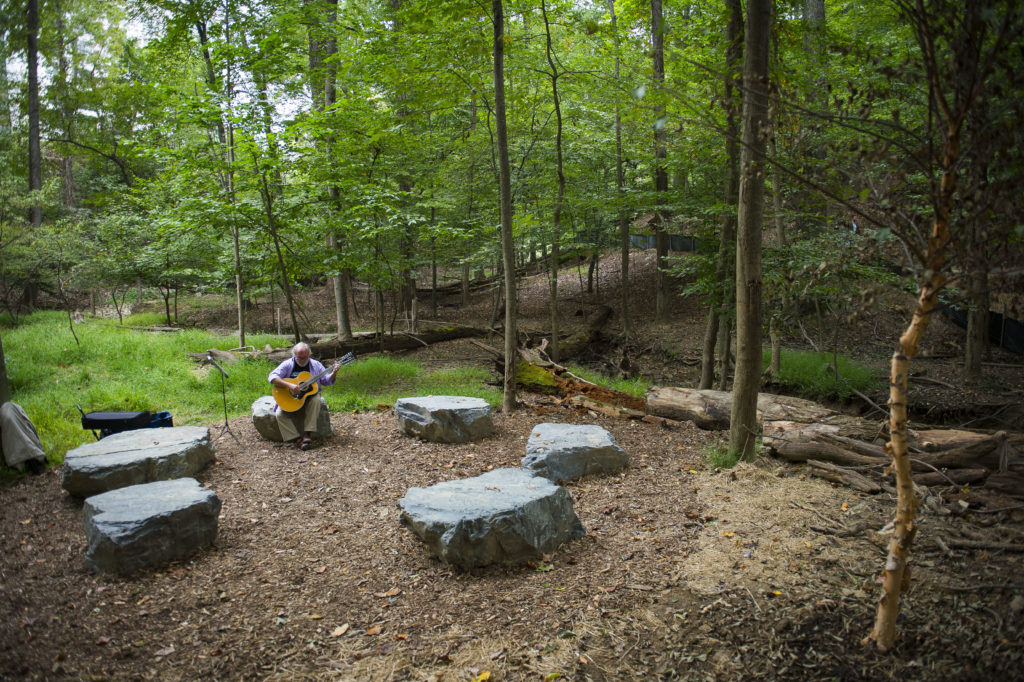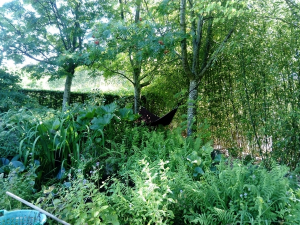As university students, it’s needless to say that we all experience some form of mental fatigue. It can clearly seen through short attention spans, impulsive snarky comments, and even those mid-week break downs we all experience. In the book With People In Mind, the Kaplans explore how this mental fatigue can be combated through restorative settings. In order for people to feel re-energized, they need to put themselves in a space that a) is away from their source of mental fatigue and b) offers opportunities for quiet fascination (like cloud watching, as opposed to football game watching). Exposure to the outdoors and being in natural settings has been proven to reduce stress levels significantly.
More recently, nature is being used in medicine. By that, I do not mean that herbal medicine is trending. Physicians are encouraging people to spend more time outdoors. According to this article by Business Insider, spending time outdoors increases immunity system, helps fight anxiety and depression, and lowers blood pressure. Moreover, the introduction of eco-therapy helps people relax, increase physical activity, create social support systems, improve mental health, instill awe, and increase exposure to fresh air.
One extraordinary example of nature being used to improve mental health is The Green Road. A medical complex in Bethesda, this place strives to use nature to help veterans deal with war-related trauma like PTSD and TBI. Being in a natural settings helps heal, restore, and unify the soul because it offers a place for veterans to reflect on experiences away from war-zone. The video highlighted that war is a wild trauma and needs to be combated and healed with something just as wild. That’s why nature has the ability to heal trauma through finding solace by connecting veterans to life rather than death.

The importance of nature has been greatly overlooked in recent years. There has been a radical shift in the way society views nature. Like the smartphone paradigm shift we discussed in class, technology has greatly limited that amount of time spend outdoors. Last Child in the Woods, by Richard Louv highlights the “nature-deficit disorder” experienced by the current generations. In addition to the addiction to technology and spending time indoors, urbanization has also negatively impacted the amount of nature available to to play in. Technology addiction has clear links to poor mental health; nature can combat this. The amount of kids who struggle with mental health keeps growing and sometimes, exposure to the outdoors can be used complementary to or supplementary for therapy. Just being outside increases social interactions and encourages mind clearing.

Landscapes have such power over the physical and emotional well-being of people. As designers, it’s important to understand that landscapes can be interpreted differently by everyone. To each and every person, a place can mean something different, and that’s what gives it meaning.









